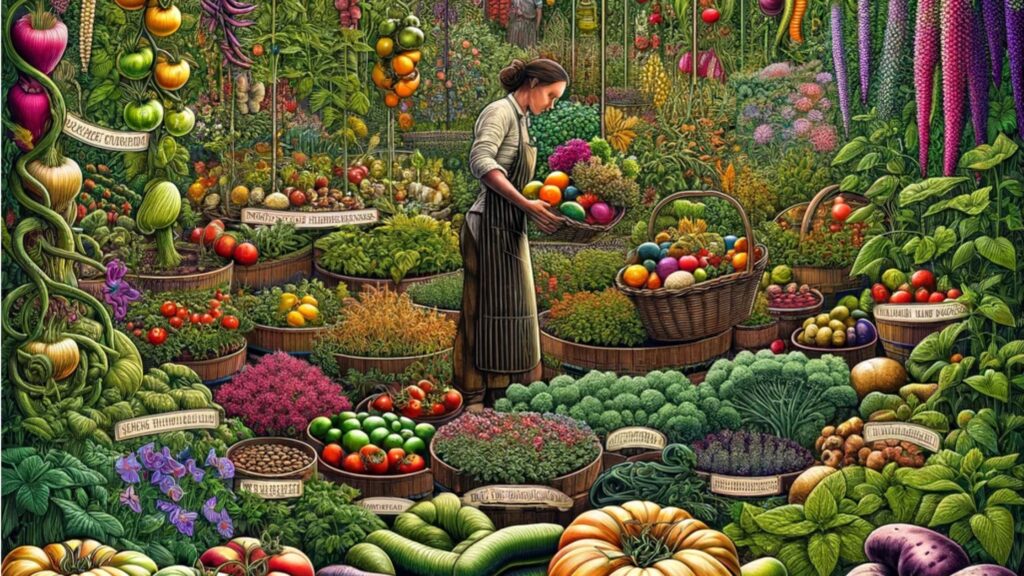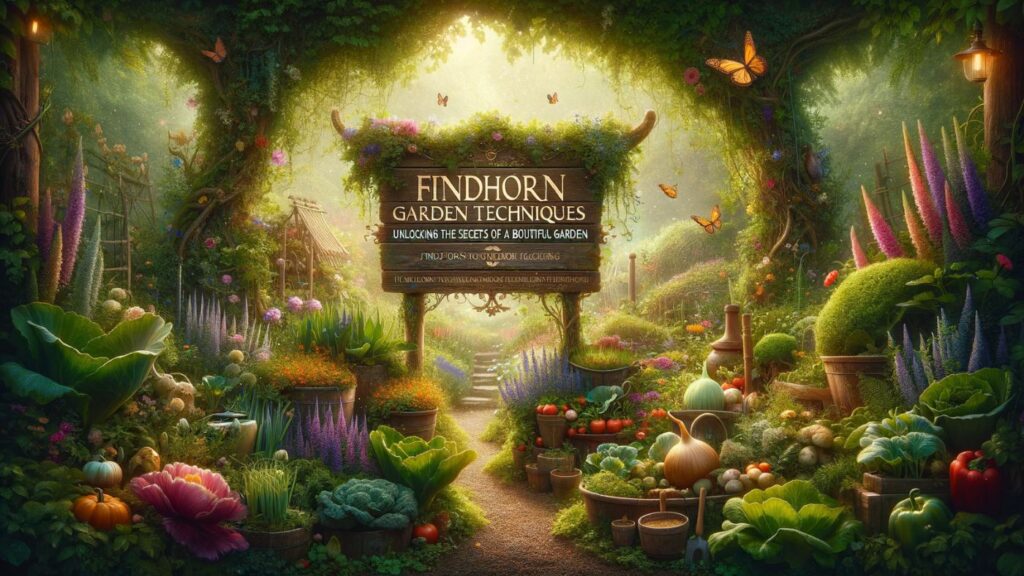Join the Root Revolution: Onions and Leeks Unearthed!
Hey there, green friends! Are you ready to add some flavor to your garden? Today, we’re talking about starting onions and leeks. These culinary staples are not only delicious but also super rewarding to grow. Whether you’re a seasoned gardener or just starting, this guide will help you get those onion and leek dreams sprouting into reality!

Why Grow Onions and Leeks?
Before we dive into the “how,” let’s talk about the “why.” Onions and leeks are incredibly versatile in the kitchen, and growing them yourself means you’ll have fresh, organic produce right at your fingertips. Plus, there’s something really special about cooking with ingredients you’ve grown yourself.
Getting Started with Onions
- Choose Your Variety: Onions come in a range of flavors and sizes. Do you want sweet or pungent? Red, yellow, or white? Short day or long day? The choice is yours!
- Starting Seeds Indoors: Begin by sowing onion seeds indoors about 6-8 weeks before the last expected frost. Use a good seed-starting mix in a shallow tray. Plant the seeds about a quarter-inch deep and keep the soil moist.
- Light and Temperature: Onions love light. Place them near a sunny window or under grow lights. Keep the room at a cozy 70°F (21°C) for the best germination.
- Transplanting: Once the danger of frost has passed and your seedlings are a few inches tall, it’s time to move them outdoors. Harden them off by gradually exposing them to outdoor conditions over a week.
Growing Leeks
- Select Your Seeds: Leeks are less fussy about the variety than onions. Choose a type that suits your climate and taste.
- Seed Starting: Just like onions, start your leek seeds indoors about 8-10 weeks before the last frost. Plant them in a seed-starting mix and keep the soil consistently moist.
- Light and Warmth: Leeks also appreciate a good amount of light and a warm environment to sprout. A sunny window or a grow light will do the trick.
- Transplanting: When the seedlings are about the thickness of a pencil, they’re ready to be transplanted outside. Harden them off to acclimate them to outdoor conditions.
Caring for Your Plants
- Watering: Keep the soil evenly moist but not waterlogged. Onions and leeks don’t like to be too dry or too wet.
- Feeding: Use a balanced fertilizer every few weeks to ensure they’re getting all the nutrients they need.
- Weeding: Keep the area around your plants weed-free. Onions and leeks don’t like competition.
Harvesting Your Bounty
- Onions: When the tops begin to fall over and turn brown, it’s time to harvest. Gently lift them from the soil and let them cure in a warm, dry place.
- Leeks: Harvest leeks when they’re about an inch in diameter. Gently loosen the soil and pull them up.
There you have it, folks! Starting onions and leeks is a fun and rewarding journey. With a little patience and care, you’ll be adding homegrown flavor to your meals in no time. So, roll up those sleeves and let’s get gardening! Remember, every green thumb starts somewhere. Happy gardening!








